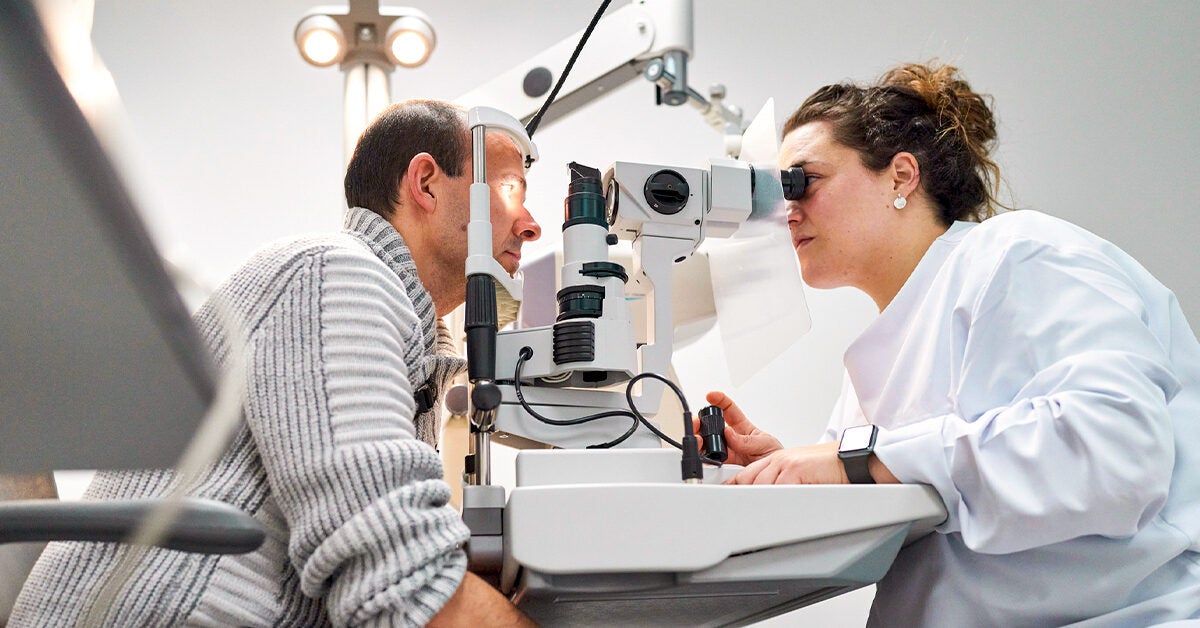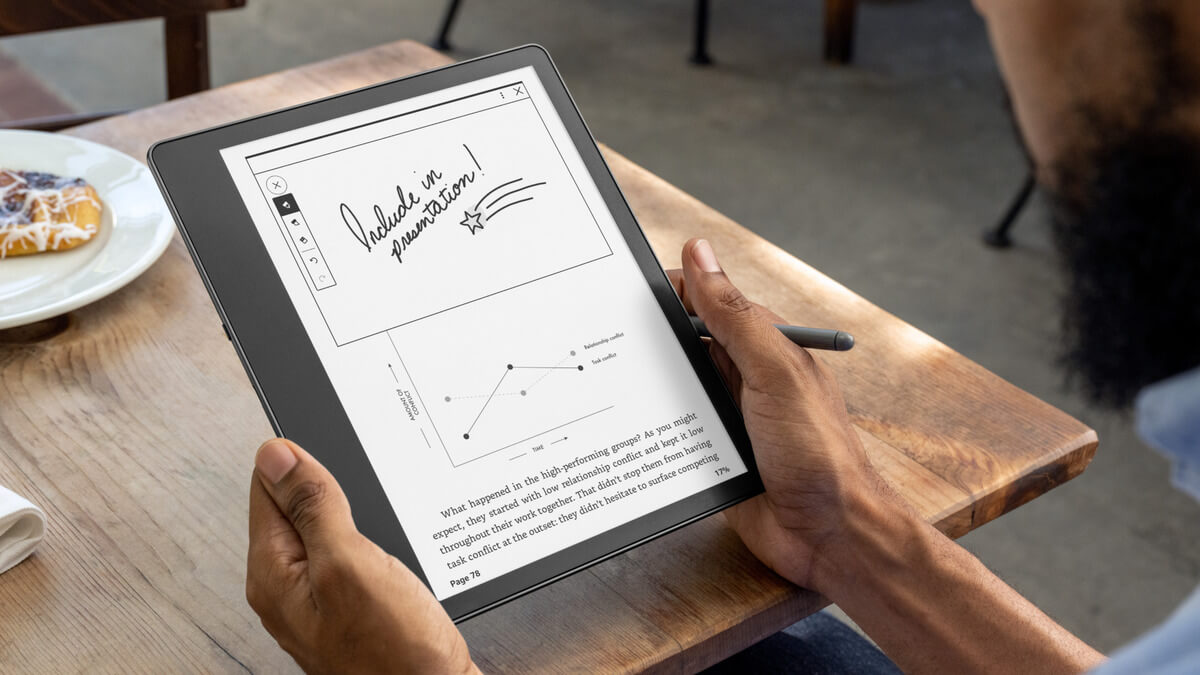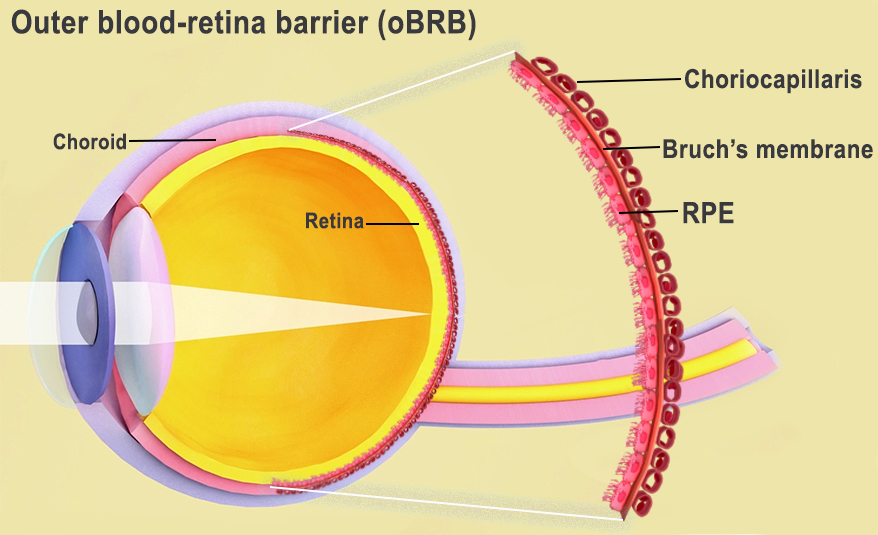
Fully automated eye screening platform addresses unmet eye care needs
April 17, 2023
4 min read
Source/Disclosures
Published by:
Healio Interviews
Disclosures:
Khoshnevis reports being co-founder and chief strategy officer of EyeCheq. Parekh reports being executive vice president and chief innovation officer of EyeCheq.
Key takeaways:
- EyeCheq has developed a fully automated eye screening platform for primary care or retail health care settings.
- The device may help individuals who do not have easy access to an eye care professional or center.
Even in a highly developed country such as the United States, eye care access is not a reality for many people.
According to a 2017 report by the CDC, 60{a5ceed037b574a4d8c6b44a0a7290437cee40655417128da3b56d864fe64414f} of adults at high risk of developing serious eye diseases never visited an eye health professional. In a more recent survey carried out by the University of Michigan, almost 30{a5ceed037b574a4d8c6b44a0a7290437cee40655417128da3b56d864fe64414f} of respondents with diabetes had not undergone an eye examination in the past year. Significant demographic and socioeconomic differences in obtaining eye care were reported.

Image: EyeCheq
To address this unmet need, EyeCheq, a health tech company based in Miami, has developed a fully automated eye screening platform that can screen for anterior and posterior segment pathology. If problems are detected, the system alerts the consumer and when applicable primary care that a visit to an ophthalmologist or optometrist is warranted.
To learn more about this technology, which could potentially bring major changes to the future of eye care, Healio/OSN spoke with Jai G. Parekh, MD, MBA, executive vice president and chief innovation officer of EyeCheq, and Ali Khoshnevis, OD, co-founder and chief strategy officer of the company.
Healio/OSN: What is the idea behind EyeCheq?
Parekh: The best technology is one that meets unmet needs, and the biggest unmet need in eye care is not in our offices or in our surgical suites, but in what we call the eye care “deserts.” Those deserts are not only in the remote/rural areas but also in some urban centers within major cities. The health care “deserts” are any areas where patients, for a multitude of reasons, may not have clear access to an eye care professional. This is the problem we want to address, in a way that is scalable and accessible, with a user-friendly device that people can easily engage with.
Healio/OSN: What does the device look like, and how does it work?
Khoshnevis: When we developed this device, we had in mind that it should be consumer focused, easy to use, multilingual, wheelchair accessible and modular to adapt to a variety of settings. There is a seated version that is a little larger and can be placed in waiting rooms of primary care clinics, for instance. There is a standing version, with a 3 foot × 3 foot footprint, which can go into areas where square footage is a problem, such as pharmacies, for example. Lastly, there is a portable tabletop version of this device. In a matter of 3 to 5 minutes, it can tell users their visual acuity test, it measures refractive error to see if they need glasses, and it also does keratometry to screen for corneal issues. Probably most importantly, it captures a nonmydriatic fundus photo of the retina. If there are signs of a condition warranting further evaluation by an ophthalmologist or an optometrist, the patient receives a notification. There is also a symptom checker both on the kiosk as well as the progressive web app that can screen for symptoms such as dry eyes, itchy eyes, red eyes, flashes and floaters.

Ali Khoshnevis
As of today, we have our own reading center where the images and the findings from the device are evaluated, but in the future, we will augment the experience with an AI and physician reading infrastructure. Everything we do is cloud-based; the information is encrypted and never stored on the device. Everything is also fully HIPAA compliant. By logging in, the patients are able to see their results longitudinally.
Healio/OSN: Where do you see these devices being made available to reach the maximum number of people?

Jai G. Parekh
Parekh: The greatest number of patients are seen at the first level of primary care. The drop-off happens when they need to go to an ophthalmologist or an optometrist, for reasons including distance, transportation, wait time for appointments and cost. And that is why we want to bring eye care to primary care, wherever primary care facilities are in the communities, including VillageMD/Walgreens, Amazon/One Medical and CVS/Oak Street. We believe that this is going to be the future of how patients receive care. Optometric and ophthalmic services should be, at least in the screening modality, in those primary care facilities. I can imagine the EyeCheq also in other places where people are already going to buy their groceries or in pharmacies where they go to have their blood pressure monitored or to get their flu shot. It is an incredibly broad scale future in eye care that we are talking about.
Healio/OSN: Do you believe this will improve the number and quality of referrals to eye services?
Parekh: By screening more people in primary care and retail health care, we certainly expect higher quantity and quality of referrals to optometry and ophthalmology. It is going to require partnership, collaboration and alliance with all the retail centers, primary care offices and insurance companies, and ultimately, it is going to bring more patients with eye disease, be it glaucoma, macular degeneration, diabetic retinopathy, anterior segment disease or refractive error, into the fold of eye care. We are not trying to displace the doctor-patient relationship, and that is really important to us. Our objective is to screen and identify the potential pathology, triage the urgency of referrals, and refer or vectorize the patient to the proper care giver — ophthalmology or optometry.
Healio/OSN: When will EyeCheq become available?
Khoshnevis: Our first rollout is going to be in the next few months. We already have health plans and large at-risk primary care facilities that have signed up. We have had focus groups and interviews, and our results have been incredible in terms of patient satisfaction and excitement to be able to have an eye screening outside of a traditional practice. The usability of the device exceeded expectations, and patients were able to go through an experience on their own without any intervention. It is definitely going to be a game changer that will ultimately reduce the preventable causes of blindness.
References:
- Ehrlich JR, et al. JAMA Ophthalmol. 2019;doi:10.1001/jamaophthalmol.2019.1927.
- Saydah SH, et al. JAMA Ophthalmol. 2020;doi:10.1001/jamaophthalmol.2020.0273.
For more information:
Ali Khoshnevis, OD, can be reached at [email protected].
Jai G. Parekh, MD, MBA, can be reached at [email protected].





